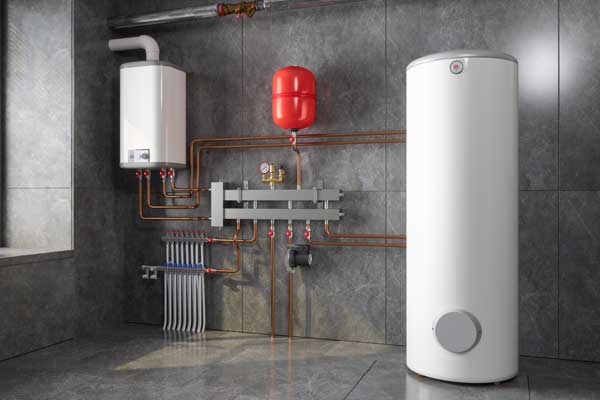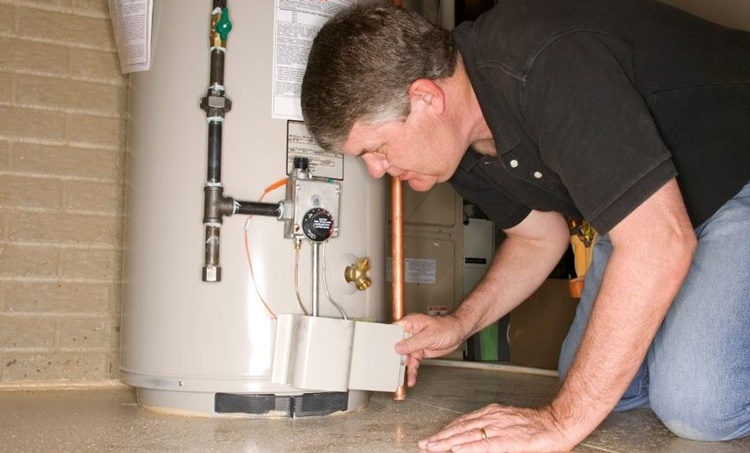Ensuring Durability of Your Home's Hot Water System: Care Tips
Ensuring Durability of Your Home's Hot Water System: Care Tips
Blog Article
Everyone may have their personal opinion on the subject of Tips For Maintaining Your Hot Water Heater.

Warm water is vital for day-to-day comfort, whether it's for a revitalizing shower or washing meals. To ensure your hot water system runs successfully and lasts longer, routine upkeep is essential. This write-up provides functional pointers and insights on how to keep your home's hot water system to stay clear of interruptions and costly repair services.
Introduction
Preserving your home's hot water system might appear daunting, but with a few basic actions, you can guarantee it operates smoothly for several years to come. This guide covers whatever from recognizing your hot water system to DIY upkeep ideas and recognizing when to hire professional help.
Significance of Preserving Your Hot Water System
Routine maintenance not only prolongs the life expectancy of your hot water system but also ensures it operates efficiently. Neglecting maintenance can lead to decreased efficiency, greater power costs, and also early failure of the system.
Indications Your Hot Water System Demands Upkeep
Recognizing when your warm water system needs interest can protect against major problems. Watch out for indicators such as inconsistent water temperature, odd sounds from the heater, or rusty water.
Flushing the Hot Water Heater
Purging your hot water heater removes sediment accumulation, boosting efficiency and extending its life.
Monitoring and Replacing Anode Rods
Anode rods protect against rust inside the container. Examining and replacing them when worn is crucial.
Facility Concerns Requiring Professional Assistance
Instances include significant leakages, electric issues, or if your hot water heater is constantly underperforming.
Regular Expert Upkeep Conveniences
Specialist maintenance can consist of complete inspections, tune-ups, and guaranteeing conformity with safety criteria.
Examining and Readjusting Temperature Level Settings
Adjusting the temperature level setups guarantees ideal efficiency and safety and security.
Do It Yourself Tips for Upkeep
You can do numerous upkeep jobs yourself to keep your hot water system in top condition.
Checking for Leakages
Regularly evaluate pipes and links for leaks, as these can result in water damage and greater expenses.
Recognizing Your Hot Water System
Prior to diving right into maintenance jobs, it's valuable to comprehend the fundamental elements of your warm water system. Typically, this includes the water heater itself, pipes, anode rods, and temperature level controls.
Month-to-month Upkeep Tasks
Normal monthly checks can aid catch minor concerns before they intensify.
Testing Pressure Relief Valves
Checking the stress safety valve ensures it works correctly and stops extreme stress buildup.
Protecting Pipelines
Shielding warm water pipes lowers heat loss and can save power.
When to Call a Professional
While DIY upkeep is useful, some problems need expert competence.
Final thought
Routine upkeep of your home's hot water system is necessary for performance, longevity, and cost savings. By following these tips and knowing when to seek professional help, you can make certain a reliable supply of warm water without unanticipated interruptions.
How to Maintain an Instant Hot Water Heater
Before tinkering with your hot water heater, make sure that it’s not powered on. You also have to turn off the main circuit breaker and shut off the main gas line to prevent accidents. Also turn off the water valves connected to your unit to prevent water from flowing into and out of the appliance. 2. When you’re done, you have to detach the purge valves’ caps. These look like the letter “T†and are situated on either side of the water valves. Doing so will release any pressure that has accumulated inside the valves while at the same time avoid hot water from shooting out and burning your skin. 3. When the purge valves’ caps are removed, you have to connect your hosing lines to the valves. Your unit should have come with three hoses but if it didn’t, you can purchase these things from any hardware or home repair shops. You can also get them from retail stores that sell water heating systems. Read the user’s manual and follow it to complete this task properly. When the hosing lines are connected, open the purge port’s valves. 4. You should never use harsh chemical cleaners or solutions when cleaning your unit. Make use of white vinegar instead. It should be undiluted and you’ll probably use about 2 gallons. 5. Now flush your water heater. This task should probably take about 40 minutes. We can’t give you specific directions for this because the procedure is carried out depending on the type, model and brand of your heater. With that being said, refer to the user’s manual. 6. When you’re done draining the unit, you have to turn off the purge port valves again. Remove the hosing lines that you earlier installed on each of the water valves. Put the valve caps (purge port) back in their respective places and be very careful so as not to damage the rubber discs that are found inside these caps. 7. Now that everything’s back in place, check your user’s manual again to find out how to reactivate your water heating system. 8. Once it is working, turn one of your hot water faucets on just to let air pass through the heater’s water supply pipes. Leave the tap on until water flows smoothly out of it. https://www.orrplumbing.com/blog/2014/september/how-to-maintain-an-instant-hot-water-heater/

As a passionate reader about What Kind of Maintenance Do Water Heaters Need?, I figured sharing that information was worth the trouble. Be sure to pause to promote this entry if you enjoyed reading it. We value reading our article about Tips on Maintaining a Water Heater.
Maintenance Sign-Up Report this page